Has the Pandemic Kickstarted a New Dawn for Sustainability in Fashion?
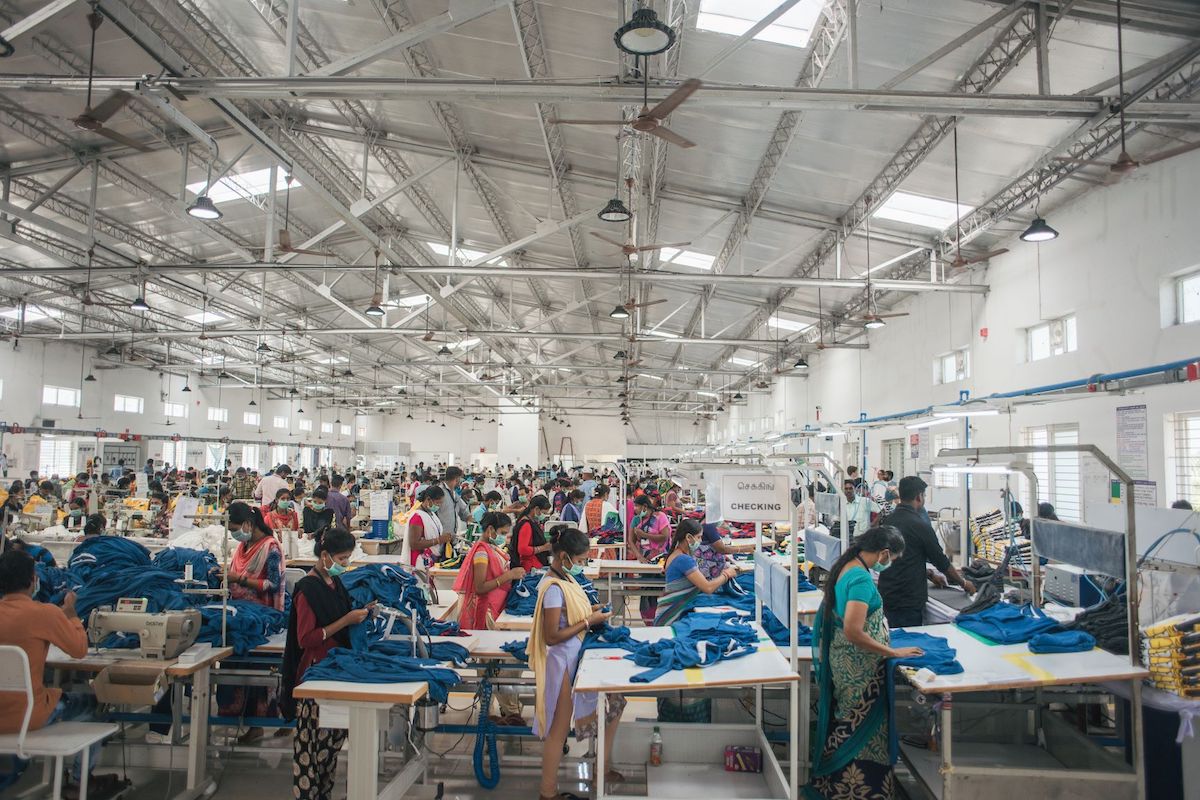
80 billion new pieces of clothing are made every year, 400 percent more than the amount we consumed just two decades ago. What makes this mass consumption even worse is the frightening pace with which we consume these clothes. Consumers throw an average of 70 pounds of clothes and shoes away per person every year, while 95 percent of the textiles that reach landfill could have been recycled. Over-consumption has led to an exponential environmental impact; the fashion industry is the second-largest industrial polluter after aviation. The world needed sweeping change, and it needed it fast.
On the face of it then, the breakthrough for ‘sustainable’ fashion in 2019 was a step in the right direction. Extinction Rebellion and the viral hashtag #WhoMadeMyClothes, successfully brought some serious ethical questions to the fashion table and consumers’ minds, while high street brands pumped out ‘sustainable’ collections with all the rapidity of an AK-47.
But there were substantial losses too. Proposals for codified accountability from brands, as laid out in a public inquiry into sustainability in fashion, were rejected by the government. And for all of the positive awareness spread by eco-conscious campaigners, the bandwagoning done by high street brands was threatening to do more damage than good.
Sustainable fashion isn’t a trend; it’s about survival and human extinction.
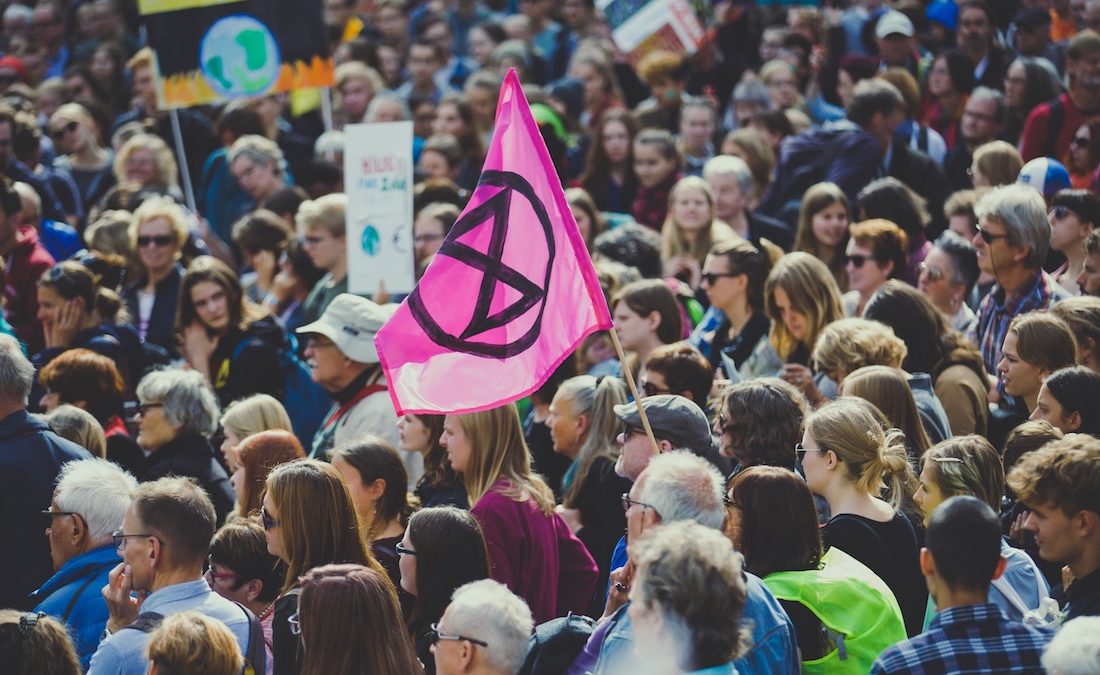
What Does Sustainability Even Mean Anymore?
A great deal of ‘sustainable’ collections I saw last year were poly-blends being sold as ‘sustainable’ because they contained recycled or organic cotton. It’s very difficult when you blend cotton with polyester (or produce any blend for that matter) for those fibres to be broken down and used again. So what we were seeing was brands taking a recycled material, and making it unsustainable, showing a complete disregard for the fundamentals of sustainability and end-of-life in the process.
And this misrepresentation went beyond just the materials being used. “All of a sudden people were thinking that just because a major retailer had a conscious collection, that they were a sustainably-minded company and it was cool to shop there,” says Cora Hilts, founder of Rêve En Vert, an e-tailer that has been focused on luxury sustainable fashion since it began in 2013.
“You go on a lot of major retailers sites and it’s promoting the conscious collection. And then you go to the description, and it is the exact same as any of the other unsustainable things they’re selling.
“If somebody has 5 percent of their retail space dedicated to sustainable brands, but 20 percent of their marketing spend dedicated to talking about having sustainable brands, that’s not right.”
Greenwashing – the process of conveying a false impression about how a company’s products are more environmentally sound then they are – was rife (and still is).
Flora Davidson, a co-founder of sustainable supply chain sourcing platform, SupplyCompass, argues that the focus on just sustainable materials was also misguided. “Materials is one part of sustainability and you have to look at the whole system. And for us, so much of it is down to the process the brand takes and the business model. Not over-producing. Avoiding the quick wins of thinking ‘let’s just work with organic cotton in one part of our business.'”
In sum, sustainability had become a confused, watered-down term; a marketing buzz-word ready to be discarded when the ‘trend’ had passed. And then 2020 happened.
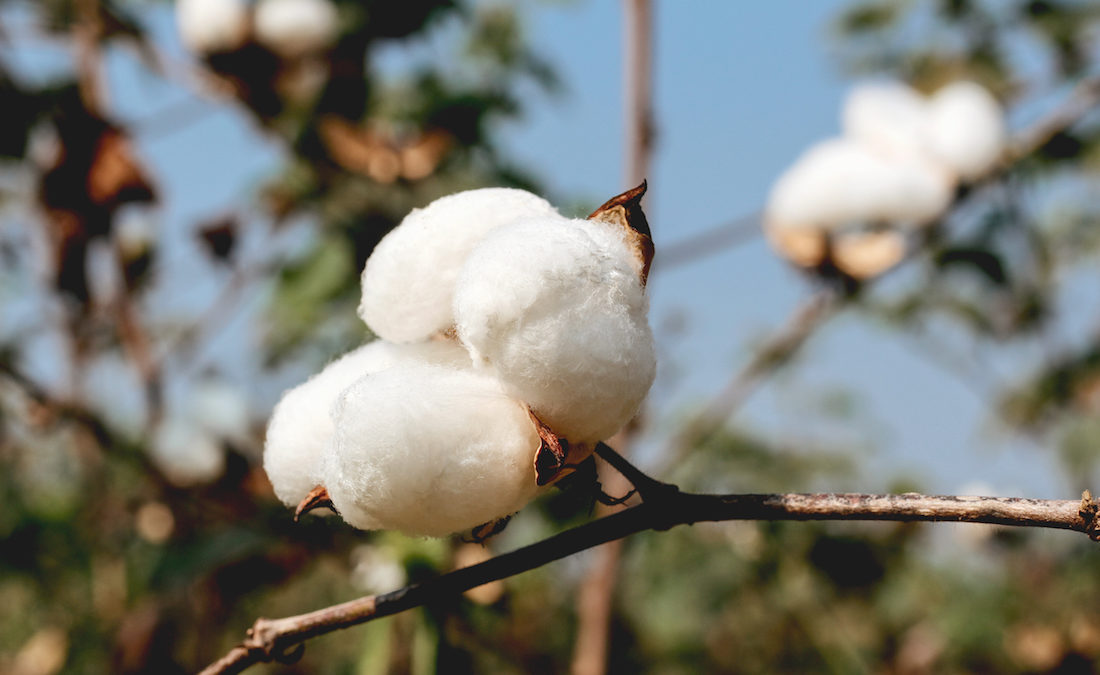
The Pandemic And Fashion
Fashion was always going to suffer from the lockdown, as physical spaces became defunct (albeit temporarily) and supply chains saw massive disruption.
UK high street monolith New Look cancelled all orders and pushed back payments indefinitely, Zara parent company Inditex announced it would close up to 1,200 stores, and heritage brands J Crew and Laura Ashley (among many others) fell into administration. Even luxury fashion has been hit, with total sales predicted to drop by $200 billion.
When so much is made about our collective addiction to online shopping, it’s a shock to find how reliant the industry was on physical retail. For example, just 20 percent of all retail sales in the UK in 2019 were made online. There was no doubt then that the pandemic was going to speed up online’s invasion. The future of the high street was less clear.
Let’s not forget us consumers in the formula either. Figures from The Office for National Statistics revealed that households were now saving 8.6 percent of their disposable income (as opposed to spending it), up from 5.4 percent this time last year, while the April US census bureau, found consumer spending on clothing to have dropped by a massive 50.5 percent, while grocery stores saw a 26.9 percent increase in spending and health stores saw a 4.3 percent increase. With a global recession looking inevitable, people are already becoming more conscious of what and how they buy.
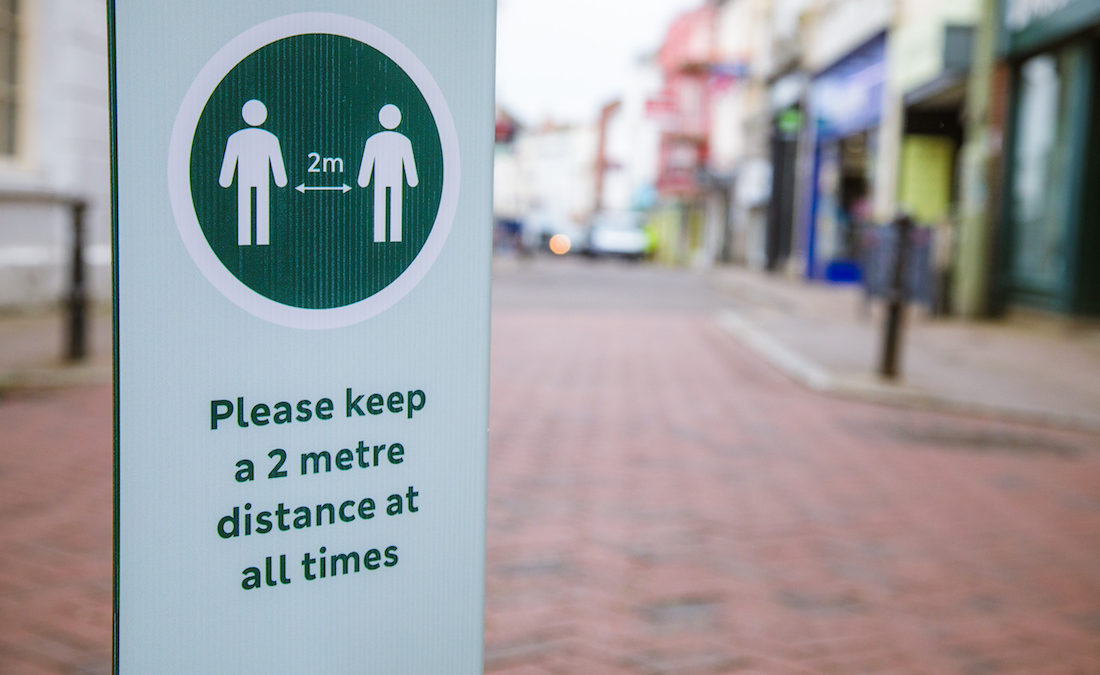
A Re-Assessment Of Fashion And The Need For Structural Sustainability
“I do hope it has reaffirmed the need to consume less,” says Tom Kay, founder of sustainable fashion brand Finisterre, “and when we do, consume in a better, more considered way.”
Davidson reaffirms this hope. “I can’t speak for brands, but I think what I’m interested in seeing is that the conversation of sustainability during this period has gone beyond materials and onto how can we actually operate differently? Most of our partners haven’t actually been that affected by lockdown. And it’s interesting to see that those businesses who have got sustainability at their core from a brand side have invariably stuck by that”
It will be interesting to see how brands who had jumped on the sustainable fashion ‘trend’ of last year without serious thought, and who have now also been hit hard by the pandemic, can keep up their interests in the area.
“I always wondered what it was going to take for this tipping point to happen,” agrees Hilts. “I don’t know how unsustainable brands are going to bounce back after this. I think you’re always going to have your Primark shopper.
“But I think that the luxury consumer is going to start thinking about luxury very differently. And that will have a trickle-down effect. If it’s just not cool anymore to buy really trendy one-off pieces, then the fast fashion model goes away. And that’s really what we need to have happened.”
And on early evidence, change is already afoot at the top table. Gucci, in one of the biggest fashion headlines of the year, cut its five runway shows a year to two, while London, Paris, and Milan all went digital for this summer’s Men’s Fashion Weeks (New York was cancelled).
With the travel attributed to the global calendar of fashion weeks estimated to emit around 241,000 tons of CO2 emissions a year, it was a (tiny) step in a positive direction. And there’s benefits there in terms of clothing over-consumption too.
“It’s terrifying how much fashion is produced every year,” says Hilts. “And while luxury houses aren’t the ones producing all of that, they are directly responsible for what fast fashion is producing. Because fast fashion just rips off luxury. So the more the luxury designers produce, the more fast fashion has to rip off, and the more people feel they need to buy. I mean, it’s a really vicious circle.”

Any hopes that this could lead a longstanding cultural change were quickly swept aside by announcements that Burberry would still show in September for women’s, while Dior would go ahead with their July runway plans. Chanel also quickly reacted to the Gucci news, reiterating their plan to stick to the traditional collection pace.
Gucci has since released their first-ever environmentally-conscious collection, each item thoughtfully made using recycled, organic, bio-based, or sustainably sourced materials like ECONYL, a regenerated nylon fibre made out of old fishing nets and fabric scraps. The collection continues the good work done by its Circular Lines program, an ongoing initiative to reduce waste by reintroducing byproducts back into the supply chain.
So, while the runway and fashion week culls haven’t been followed by everyone, the pandemic and a creeping eco-consciousness is still gradually initiating positive sustainable change.
The Future Of Sustainability
Questions Of Ethics
There is a caveat of course. Among all the headlines (and the potential positives for more sustainable practices in the industry), Davidson – whose business works to connect brands with manufacturers, mainly in India – is keen to acknowledge the impact the pandemic has had on factories.
“Invariably, it’s always the lowest paid workers who are the most affected by these challenging times, and I’m keen to separate the discussion on both sides. It’s an important time that the whole industry, from the fashion side, is working up to. But from closures, to workers not being paid, I think for factories, challenging would be an understatement.”
Last month, H&M, one of the leaders in ‘sustainable’ fashion on the high street, allegedly cancelled orders without warning or payment for work done, resulting in over 1,200 factory workers in India losing their (severely under-paid) jobs. It was merely the tip of the iceberg as far as the industry was concerned. As we look to the future, it will be interesting where these ethical dilemmas can come into the discourse. Can a brand call themselves sustainable, and all the positive social implications that implies, when exploitation is at the heart of their business?
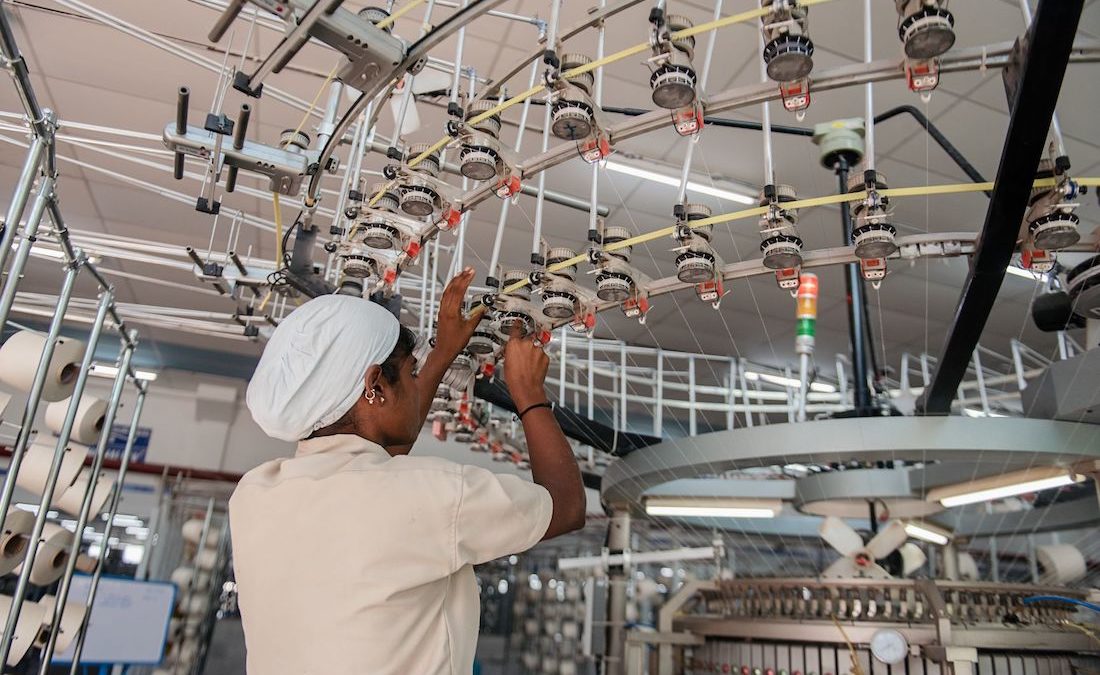
Image credit: SupplyCompass
A Re-Consideration Of Waste
Arguably the first consideration fashion brands are now going to have in a post-pandemic future though, is how they manage their stock.
“I’ve spoken to probably about 200 brands in the last few months…and the biggest fear is overstocking,” says Davidson. “Obviously that’s all of their revenues tied up in something that they can’t sell. So we’re seeing everyone kind of tentatively move into new collections. We’ve seen all the quantities by everyone across the board go down, and at least half of the people wanting to test the water before they commit. Which is what should be done.
“It doesn’t make sense for a factory to do a tiny run though. It’s really, really expensive. So what we’re trying to understand is how can we facilitate that because it is more sustainable to produce less, but also how do we ensure that our manufacturers continue to make enough profit to survive?
“It’s then all about supply chain waste. If you just look at the fabric waste on the production line, often it can be up to 30 percent of the fabric. And so looking at every part of the product life cycle and thinking, how can we reduce waste is a lot of what sustainability is. We use the word sustainability because it’s what people understand, but we often have to break it down because it means so many different things to different people.”
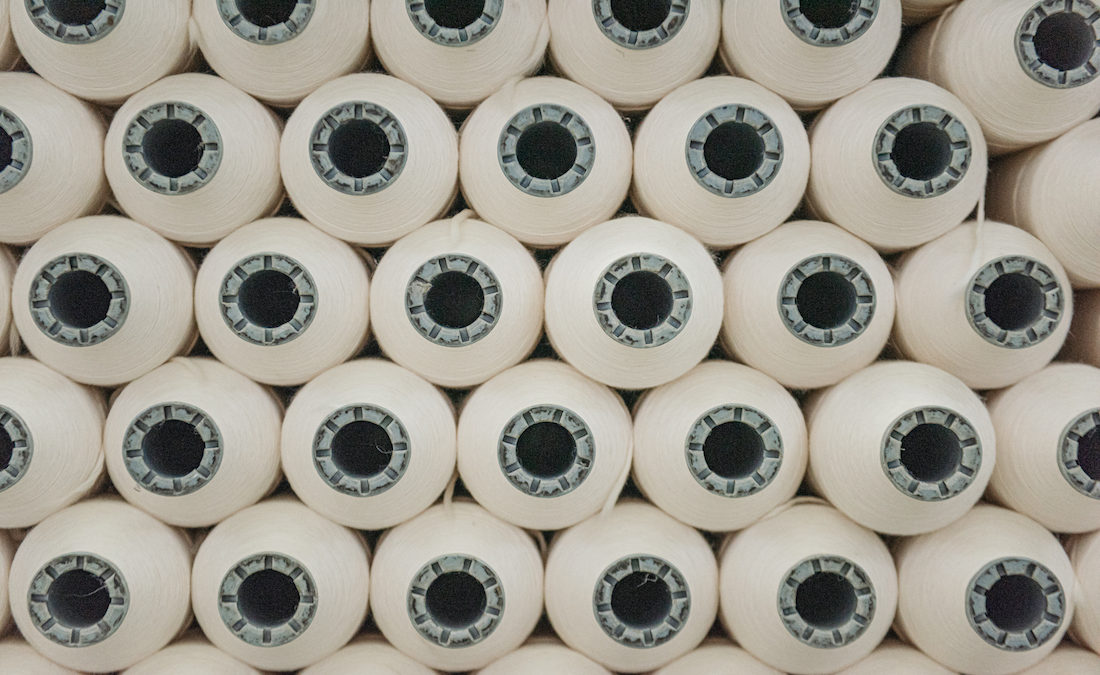
Image credit: SupplyCompass
Added to this reconsideration of waste in the supply chain, has been a rising interest in second hand clothing. Since April, second-hand shopping app and the markets undisputed leader Depop has seen it’s usage go up 150 percent globally, while the re-sale market is expected to reach an estimated $64 billion in worth by 2025. And while there’s an argument that buying new clothing can never be sustainable, even the most ardent eco-campaigner doesn’t think that buying new clothes can ever be eradicated.
What’s for sure though, is that the days of Burberry burning £28.6 million worth of stock are numbered; even if it might be for the simple fact that no one can afford to anymore.
Design Digitisation
One way waste can be diminished in the design and manufacturing is through the further digitisation of fashion. SupplyCompass’ digital platform for example, allows brands to make the little changes that lessen waste at just the press of a button.
“We look at reducing the amount of samples needing to be ordered just through good process and structure and through the digital platform,” says Davidson. “From that we’ve achieved a 50 percent reduction in the samples our brands produce when they come through us. It’s small changes like that, but you can’t do that until you’re operating on a digital platform.
“The digital infrastructure needs to be there for all these little tweaks to be made all over the supply chain. It’s not necessarily about a huge overhaul of how things have been done, but it’s actually about everyone getting comfortable that they need to operate in the digital space. Otherwise it’s very hard to measure and make changes properly.”

Digitisation could empower the designer to be sustainable at the design stage. So much of sustainability is tied into the design process, and how the designer creates garments with end of life in mind. Davidson’s dream is to bring a platform to the fore that would allow designers to make sustainable tweaks through that process: adding a foam dye to cut down water waste here, or a solvent-less adhesive on a pair of sneakers there. It’s almost like building a Sims character, with an environmental impact rating for each step.
“We’re not there yet, but that’s where we are working to get to. That ease and gamification of designing could be a really exciting opportunity.”
Transparency 2.0
Another thing, sustainable fashion is crying out for is more transparency (as the inquiry from last year showed). US online fashion brand, Everlane has led the way, pairing their product descriptions with infographics that lay out all the steps and costs involved in the manufacturing process.
Then, last month, WWF and Google announced a new partnership that will result in a platform that collates data about the environmental risks and impacts of different textiles from the raw material stage.
“There’s often very little transparency or data in this area,” notes Davidson. “Often it stops at the factory or the mill, but it doesn’t go further up than that. So that’s what I think is quite exciting is that they are doing it in an area which really, really needs it.”
Alongside this development, carbon emissions counters could provide consumers with a digestible breakdown of the CO2 emissions at every stage of an item’s life. It’s not unreasonable to think that the idea could be as ubiquitous in the future as the nutritional information on the back of your food packaging.
And then there’s B Corp status, an accreditation process that measures brands’ social and environmental impact. AllBirds, Finisterre, and Patagonia, are three fashion brands proud to call themselves one. The tools are now starting to appear for brands to be more transparent, it’s up to the consumers to demand them.
Education
“Everyone has a voice,” agrees Kay. “They can then decide to what extent greenwashing is going on or not.”
But before consumers can demand more, they need to know what they’re demanding. “I think that’s what I based Rêve En Vert on; the idea of education,” says Hilts. “My whole thing was, ‘Why are people going to shop at small brands that cost more if they don’t know why they’re doing it?’ And so education for us has been a key part of the strategy since day one.
“I just wouldn’t have started a company that was selling things that it shouldn’t be selling. And essentially that’s what other retailers are doing. At Rêve, I say no to brands all the time. I had an altercation with a beauty brand that wanted to come on the other day. They were organic and they were made in the UK, but they used single-use plastic.
“We don’t accept beauty brands that come in plastic, because, in my opinion, you can’t have a natural, sustainable organic beauty brand if it’s coming in single-use plastic.”
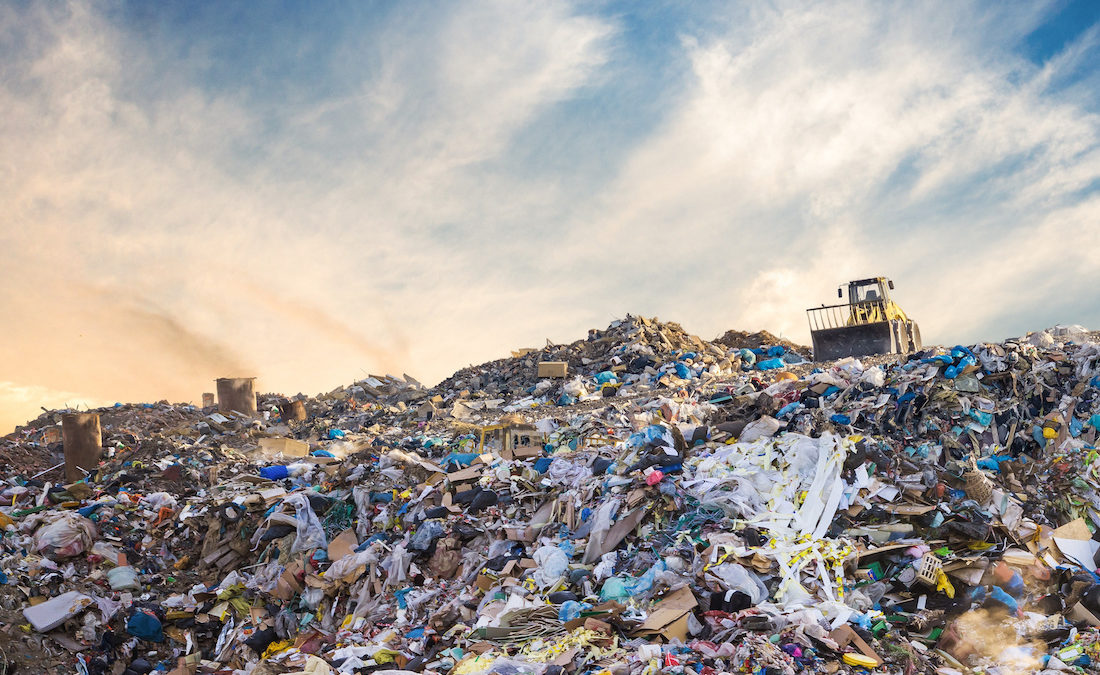
It’s a cycle. We, as consumers, need to demand more, and brands need to educate themselves too and take more responsibility in what they are selling.
Anyone with even a remote interest in the environment will likely understand that fashion needs to be more sustainable.
But now, we need to learn how that can be done, and not fall prey to marketing ploys. If greenwashing has been the enemy of sustainability up to this point, education will be a major part of the solution in the future.


















